In the coming year, two pressures acting on cities will come to a head, forcing us to rethink the way we inhabit them.
The first pressure is the need to encourage and provide for a constant flow of international workers and companies through global cities, allowing for openness to the world as well as the influx of new capital and culture that sustains urban economies. The second is the need to retain a local identity, preserving what makes a city unique and providing for the citizens who make it home and contribute in a sustainable way to its infrastructure and spirit.
Kyle Chayka will speak at FvF’s event The Sooner Now, a creative conference on the future of urban living, enabled by MINI Germany. Taking place on December 1st 2016 at the new FvF Friends Space in Berlin, the event will bring together our network—from across creative fields and close to our heart—to explore how they see the future of urban spaces.
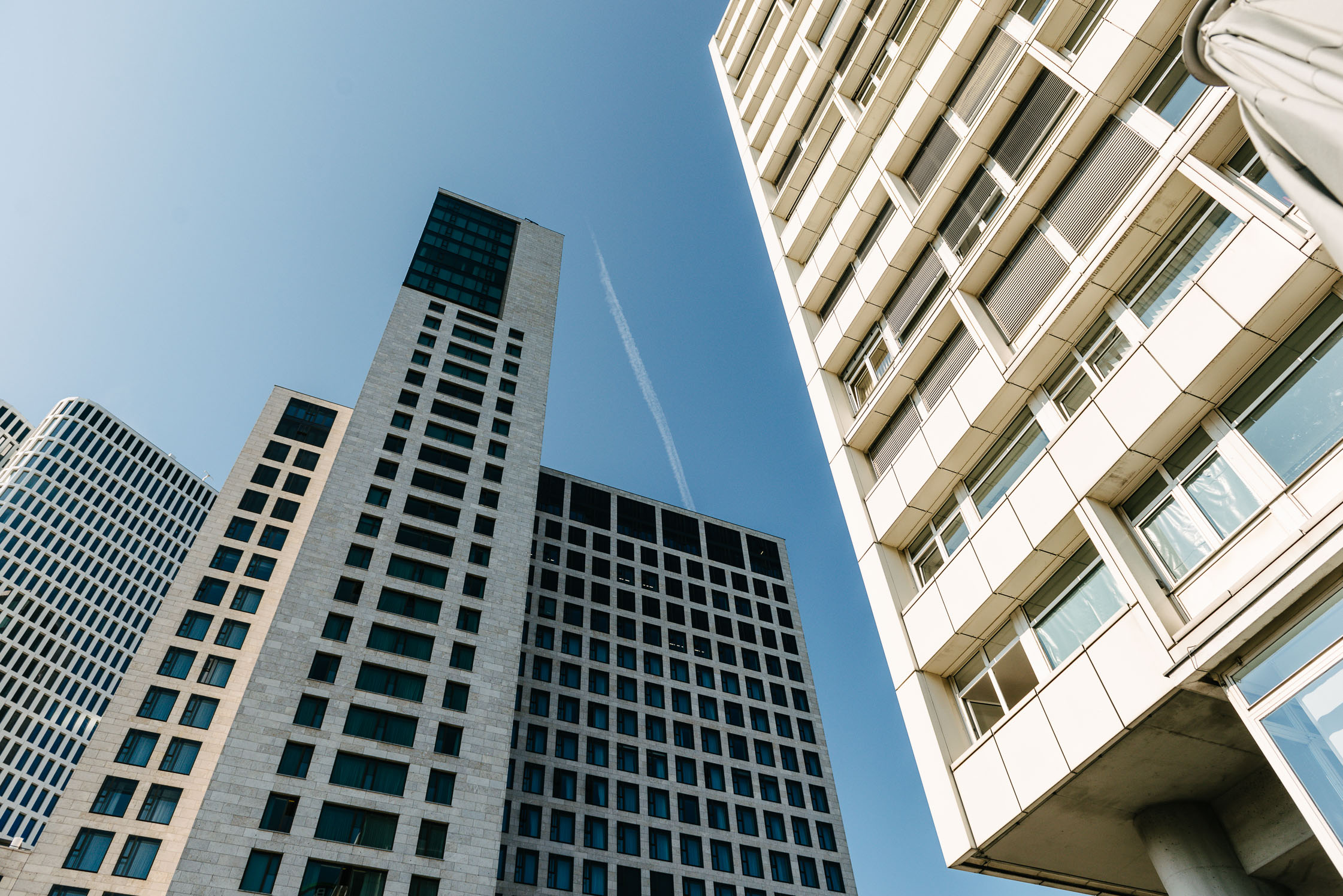
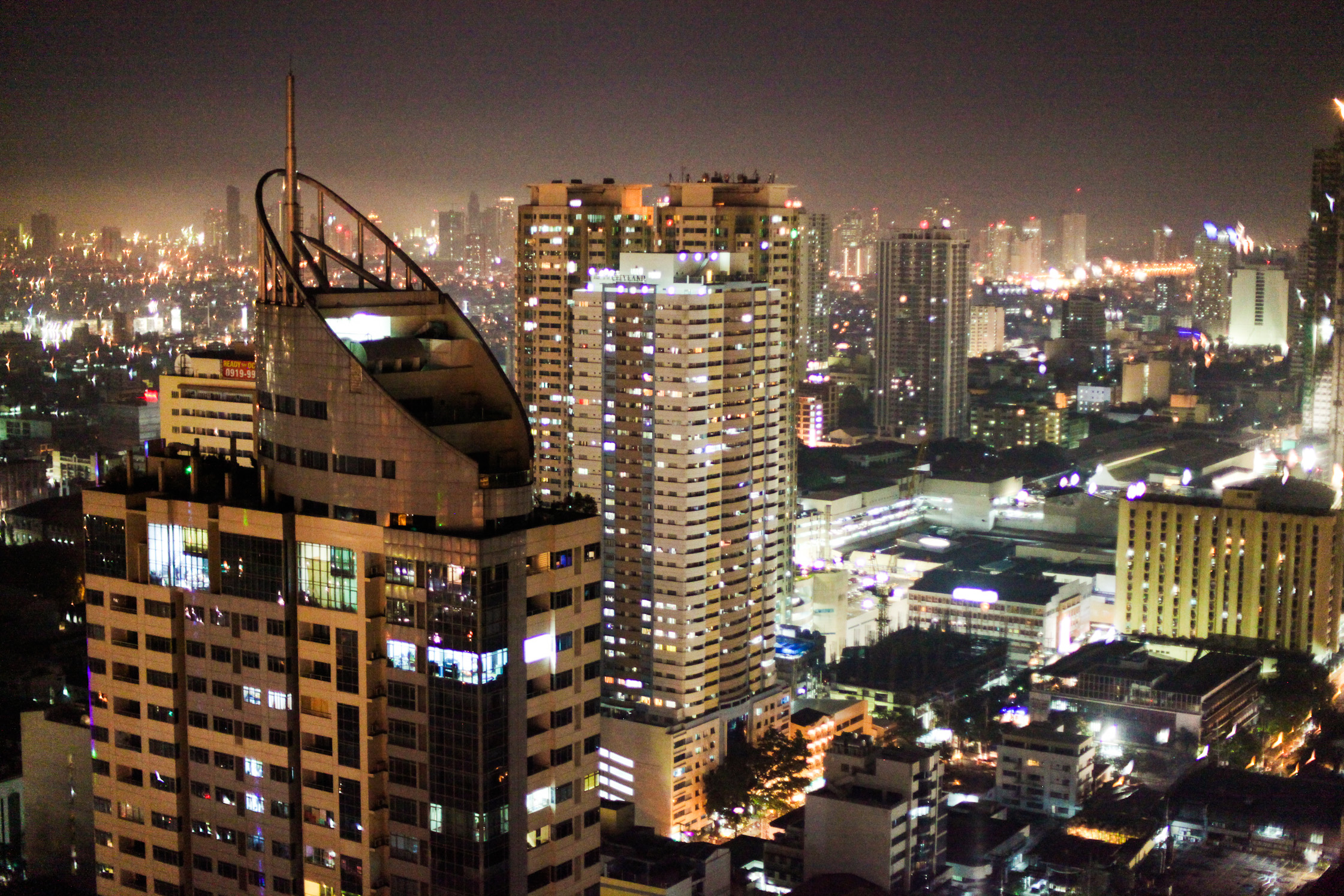
The first pressure is intensified by the Uberization of everything by international technology companies that count most of their users in cities but seem to be located in no particular place—save perhaps Silicon Valley. It’s not just the car provider but Airbnb, Instagram, and Facebook as well. These companies supply us with on-demand services that increasingly supplant those that would have previously been produced (and profited from) locally, whether it’s transportation, residential space, or media, the sharing of new ideas.
In order to take full advantage of the 21st century technological economy, cities must remain open to these services, or at the very least reach a bargain with their CEOs. Over the past year, arriving at an immaculate Airbnb after an Uber ride from the airport has become a nigh-universal experience for international travelers, one we’ve come to expect and depend on. I don’t think anyone would choose to trade the new reality for the old one; Uberization has certainly made cities easier to live in and travel through.
Cities depend as much on their locality as much as their internationalism to exist.
And yet, it is the second pressure that makes cities enjoyable and desirable: the people, organizations, and places that will be there long after the traveler leaves. Though the companies encourage you to ignore it, the Airbnb you rent and the Uber car you ride in are supplied by locals, too, only indirectly facilitated by a start-up brand. Cities depend as much on their locality as much as their internationalism to exist: if a place were composed of only nomadic travelers, like an airport lounge and business hotels, there would be no city to enjoy.
A certain aesthetic has come to accompany the frictionless space that the technology companies have created across global cities, which I named “AirSpace” in an article earlier this year. The style is vaguely related to Scandinavian minimalism, part of a general movement toward austerity and functionalism rather than decorative excess. It has spread as much through print magazines like Kinfolk and Cereal as it has Instagram.

The growth of this space belongs to the first pressure that I identified, which is slowly eroding the unique identity of cities and the connection of their residents to the place itself. The phenomenon is a form of gentrification: cities around the world look more like each other than anywhere else, with generic cultural tastes spreading instantly over social media.
This style causes a certain anxiety. One must adhere to its orthodoxy to belong to the new techno-internationalism. It also reinforces homogeneity. Those who have access to it avoid those who can’t, the people excluded from the technological platforms that make up the routes of AirSpace because of their income level or the color of their skin. Uber and Airbnb create physical ways to avoid confrontation with those unlike you even as Facebook and Instagram create virtual ones.
This generates a lack of understanding between the two groups. If we only seek out the style that is comforting to us, with its attendant high-speed Internet and high-end coffee, we will be neglecting the local for the international and trading government-funded infrastructure for privatized digital equivalents whose profits flow to corporations and tax havens. We also do ourselves a disservice by following this fashion uncritically: as in an algorithmic filter bubble, we learn nothing about anyone save ourselves.
When I surveyed an interdisciplinary group of friends and interlocutors who I’ve been in touch with over the past year about life in cities in 2017, it was immediately clear that they shared a central, pressing concern. The election of Donald Trump and the resurgence of nationalism, perhaps in reaction to unbounded internationalization and the divide that it causes, is pushing cities into crisis. They must somehow remain bastions of diversity and cosmopolitanism when non-urban areas seem set against it.
“Many cities worldwide will see protests that will need to be managed with respect, sensitivity, and intelligence,” says Paola Antonelli, senior curator of architecture and design at the Museum of Modern Art. Antonelli sees a need for those living in urban areas to reach out to those who don’t. Samantha Culp, cofounder of the artist agency Paloma Powers, suggests a growing divide between cities where public dissent is allowed and those it isn’t, recalling Hong Kong’s fitful Umbrella Movement.
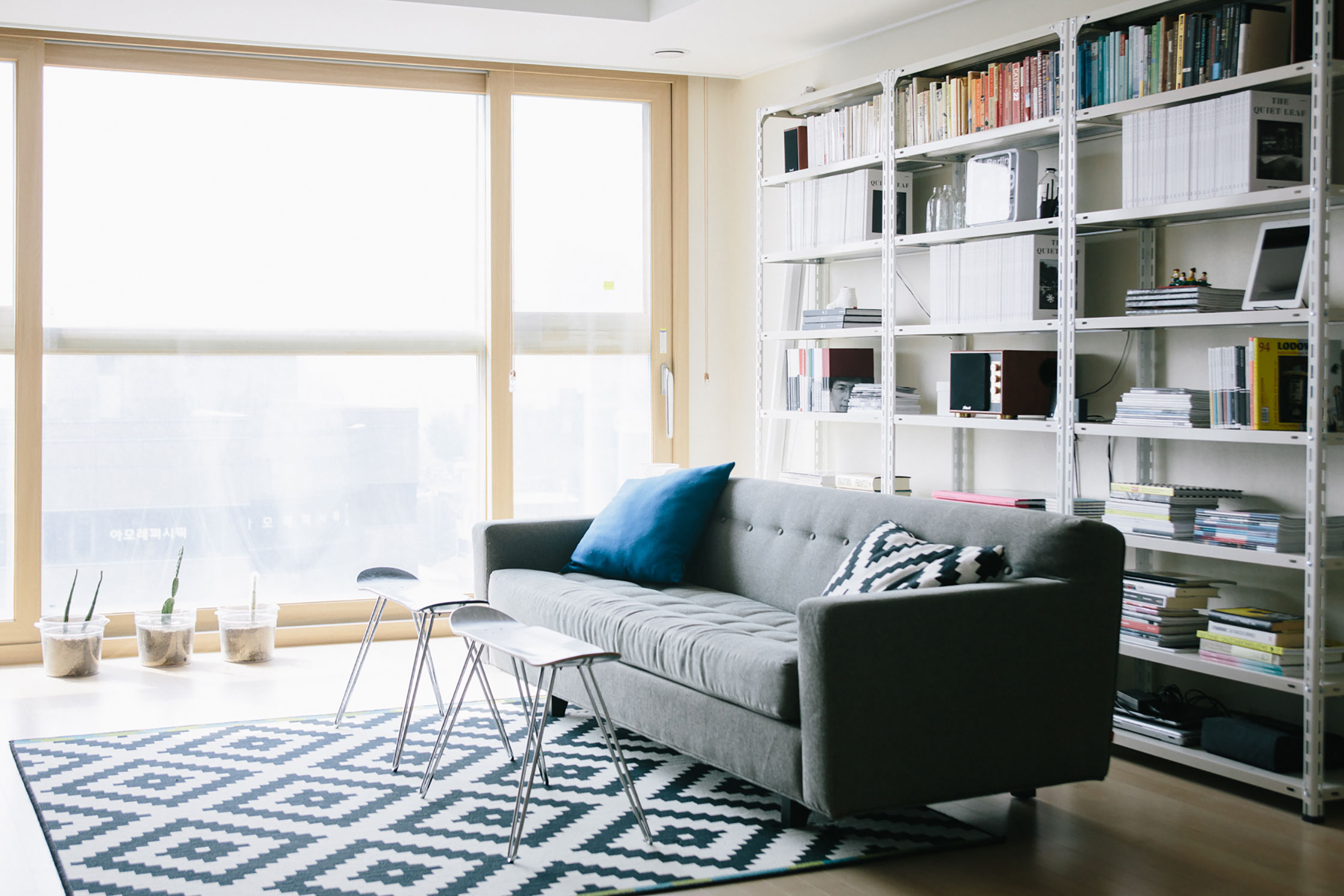
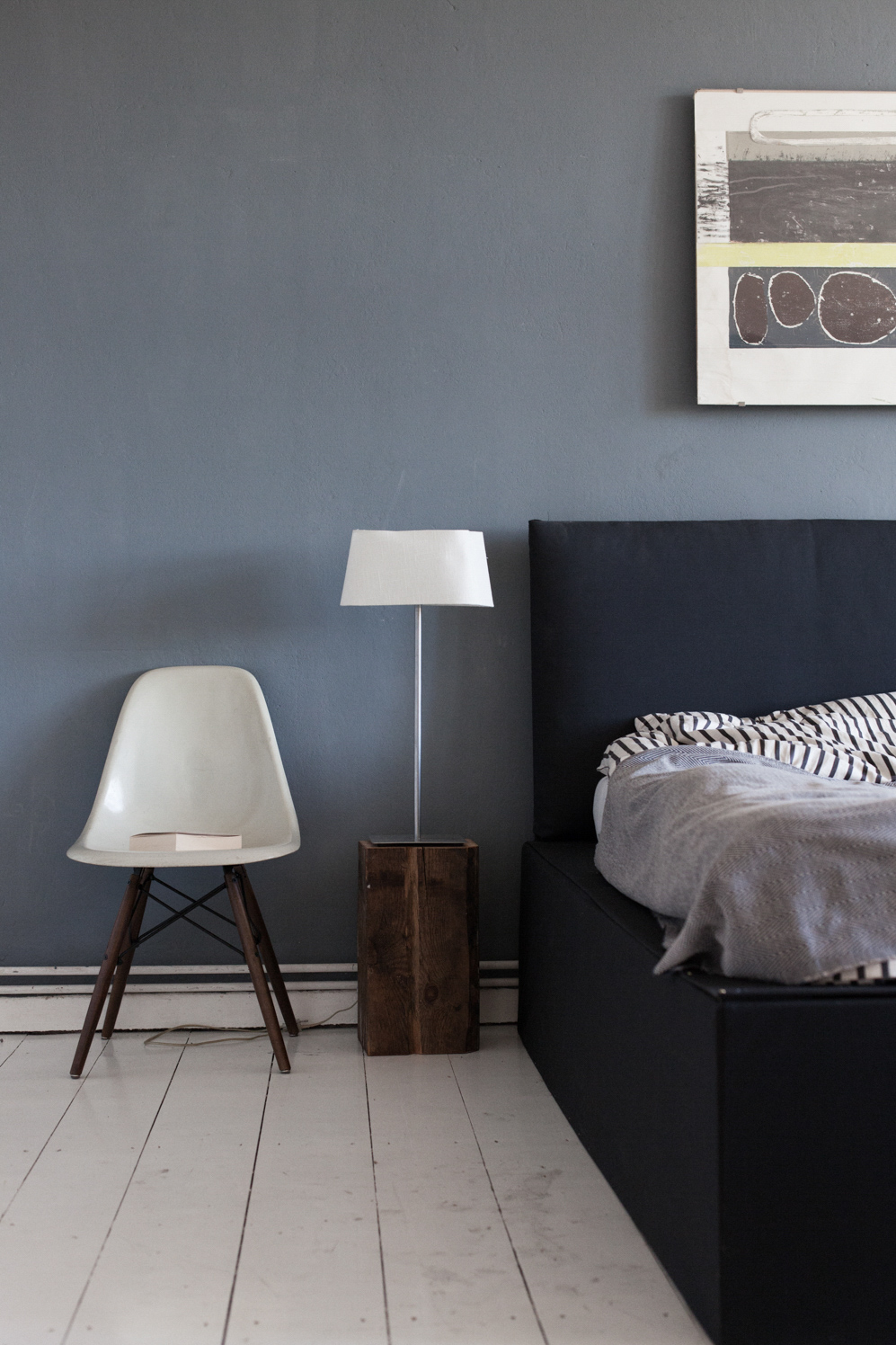

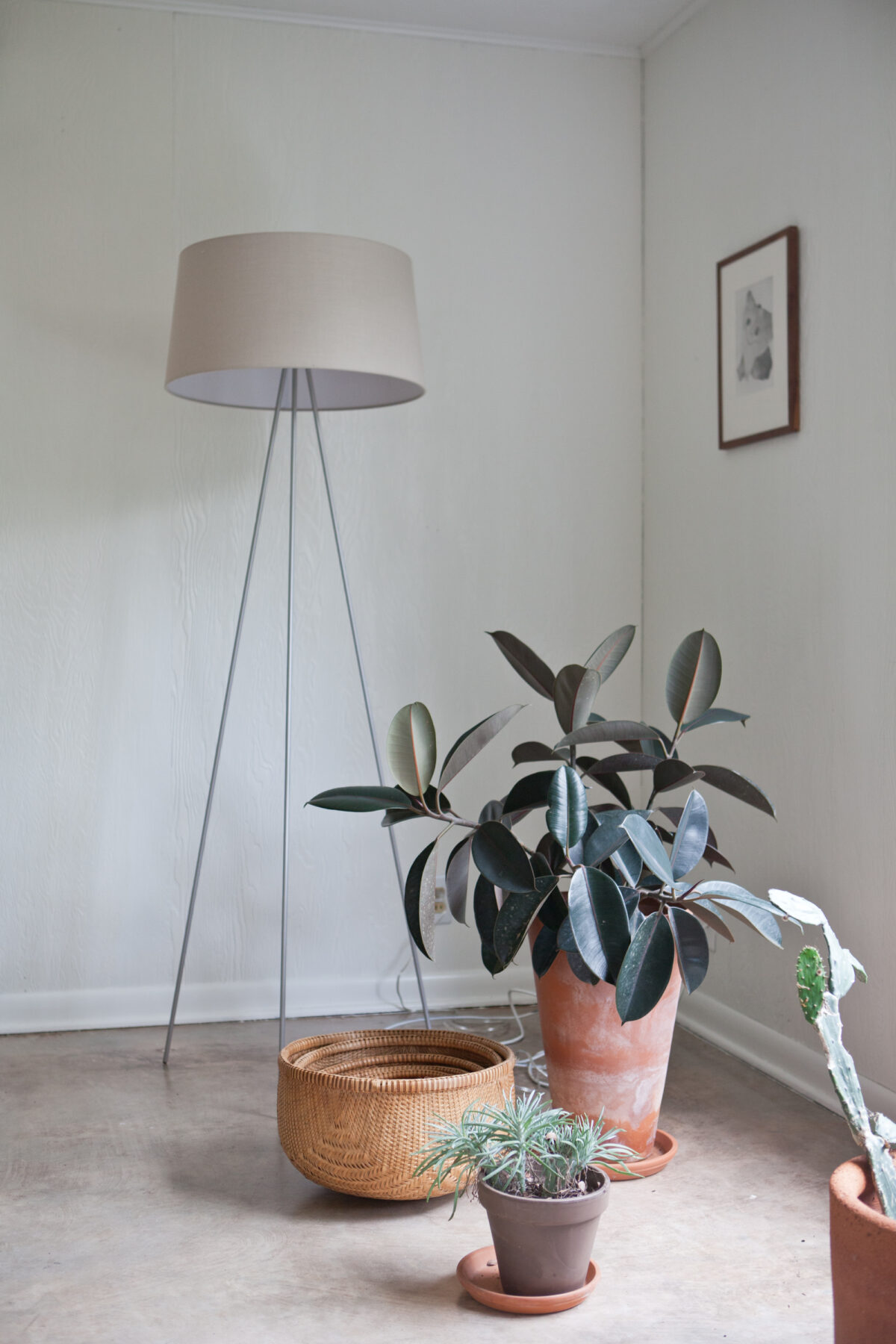
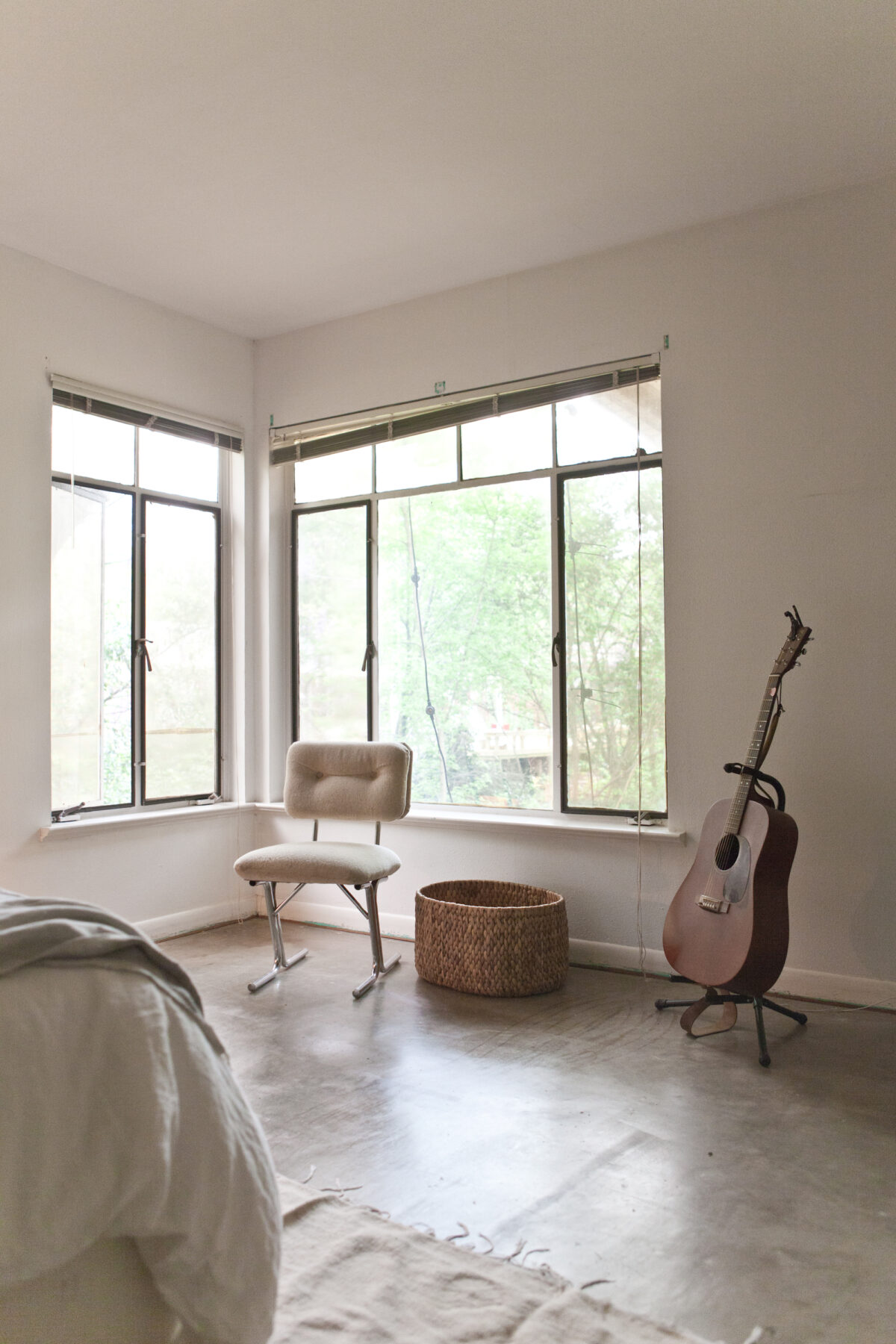

In an algorithmic filter bubble, we learn nothing about anyone save ourselves.
Elizabeth Cutler, a fashion researcher in Paris, sees rebellion in clothing: “Streetwear is going to find a home anywhere there is disenfranchisement, voicelessness, anger, and oppression.” Meanwhile, the New York journalist Peter Moskowitz argues that cities need to rethink their value systems entirely in order to foster diversity. “Cities are now stuck in a game of capital attraction and extraction, which means they do not have the time or interest to serve anyone without capital,” he says. This is as true for cultural capital as economic.
Humanity always seems to want the future to come sooner. At least in terms of technological change, it tends to come to cities first. Thus it is up to city residents to decide how to deal with its consequences. We must acknowledge that our decisions and priorities now more than ever will shape the cultural geography of the rest of the world, and proceed with care and empathy.
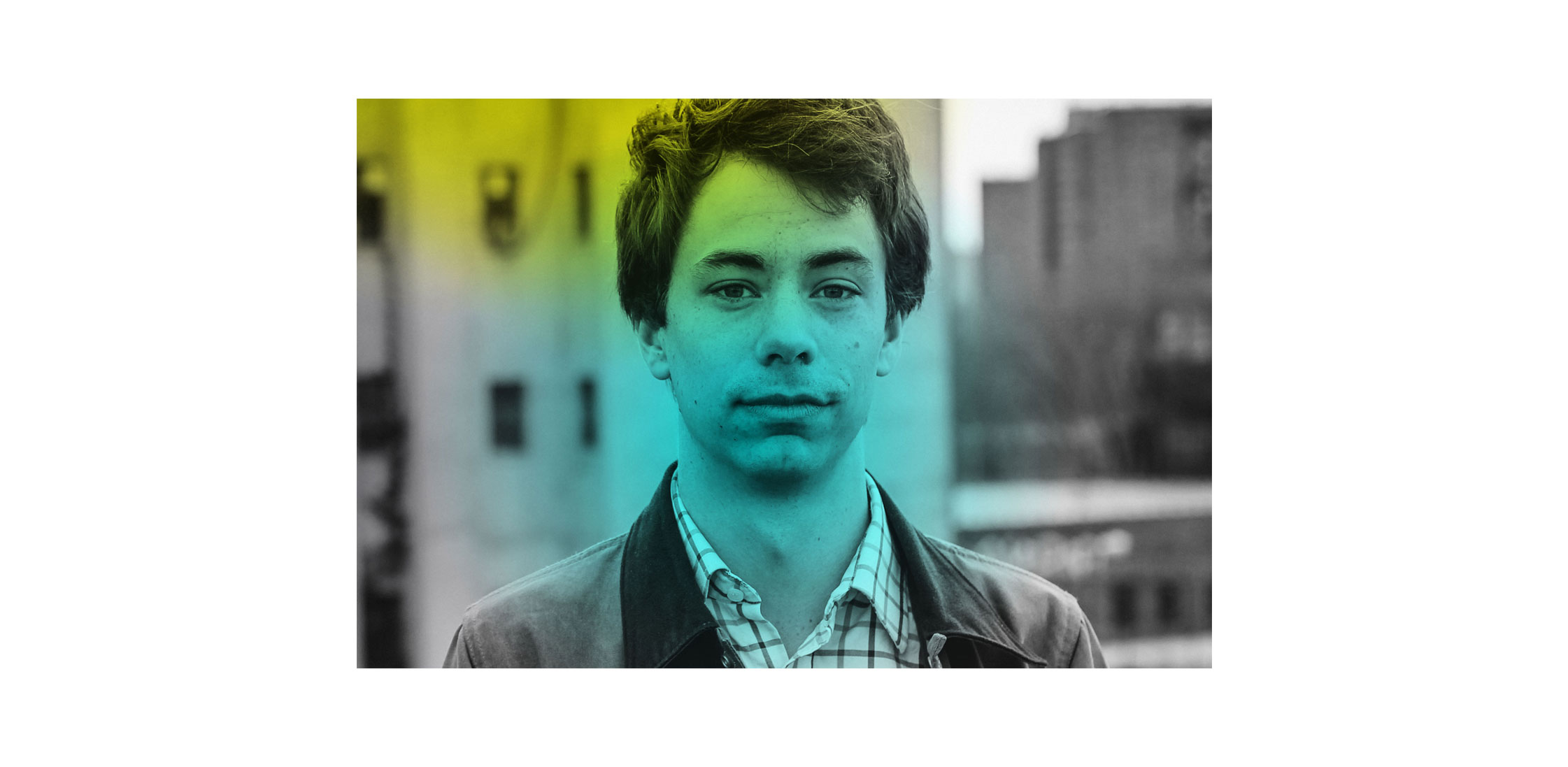
We’re looking forward to hearing more on the matter at The Sooner Now,
our event about the future of urban living, enabled by MINI Germany. The event will kick off on December 1st
at our new FvF Friends Space in Berlin.
Just as our cities are collective spaces, the day is an opportunity for us and
our community of creatives across the board to link up ideas about this shared future.

